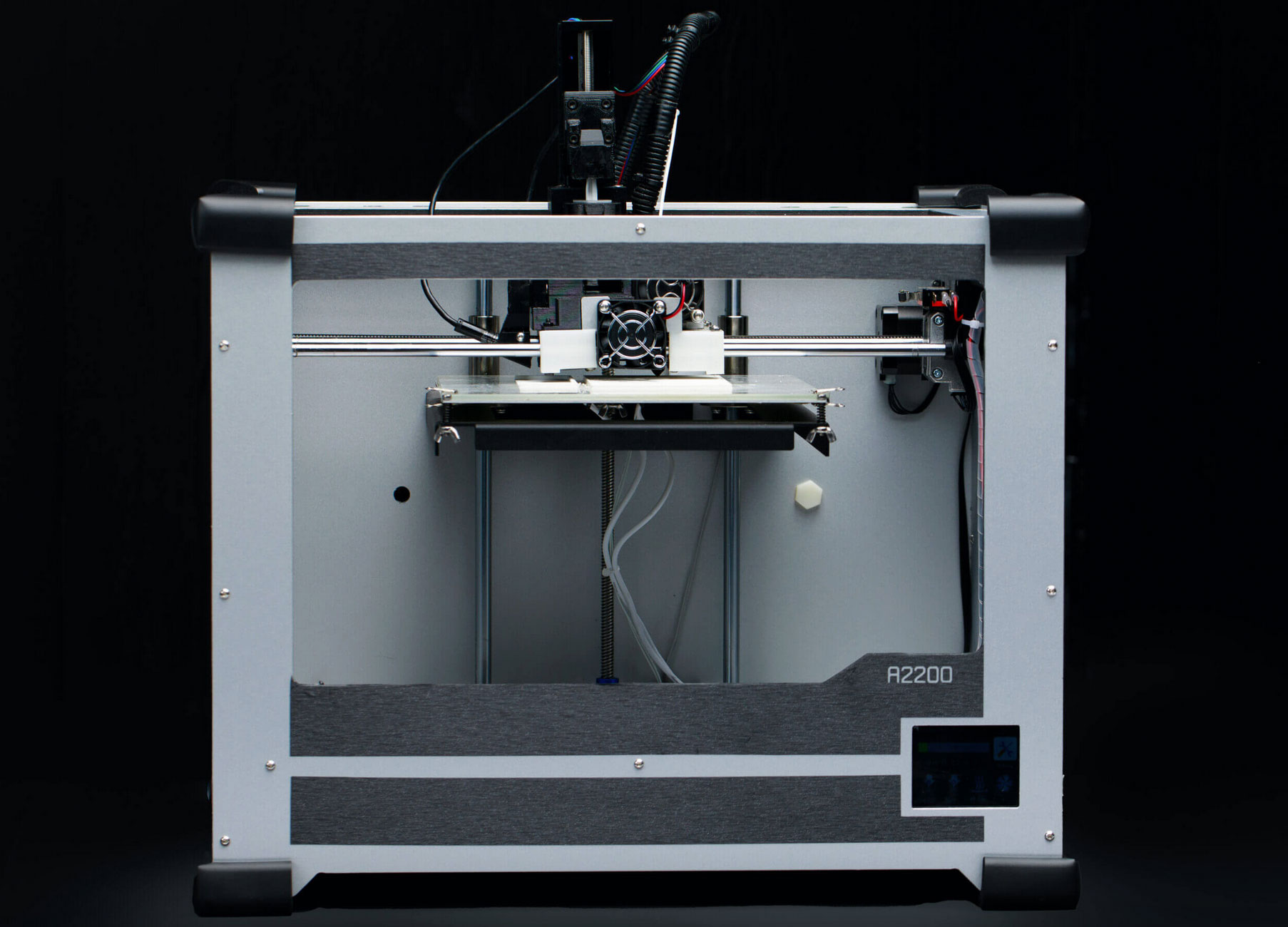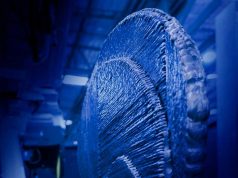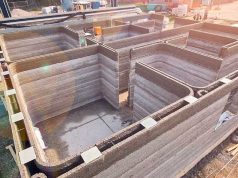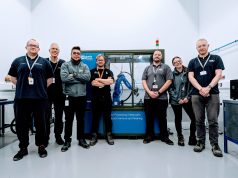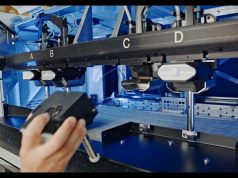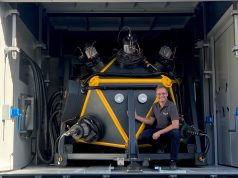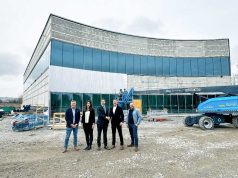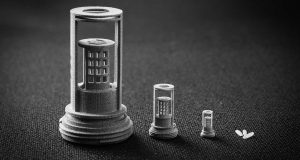3D printing specialist nano3Dprint has announced its collaboration with the Billi Research Lab, which aims to improve patients’ quality of life by developing breakthrough technologies and solutions. The Billi Research Lab is supported by the Luskin Orthopaedic Institute for Children (LuskinOIC).
The collaboration will enable Dr. Billi and his team to utilize nano3print’s 3D printing technologies to build integrated microcontroller systems for sensor-embedded devices that will benefit children served by LuskinOIC. Some of the devices currently under development include scoliosis braces, smart casts and Ponseti braces, which are used to treat clubfoot.
“We’re looking forward to utilizing nano3Dprint’s B3300 Dual-Dispensing 3D Printer to further our research and development of wearables, fusion sensors and smart textiles. Current additive technologies are not versatile enough to allow us to build the complex, multifunctional devices required to provide modern and truly disruptive healthcare,” said Dr. Fabrizio Billi, Director of the Musculoskeletal Devices and Technologies Development Group.
The Billi Research Lab’s smart cast project will, among other things, deliver real-time details about the fracture healing process, providing early warning of compartment syndrome, a dangerous condition in which swelling inside the cast limits blood flow to the limb, thereby causing tissue necrosis.
nano3Dprint’s B3300 will be used to 3D print the smart cast’s electronic package, including sensors that are printed directly on supports easily embeddable in the cast structure. The 3D printed circuits and sensors will allow complete integration and intelligent distribution of battery and wiring, eliminating theneed for external wiring and obtrusive components. Moreover, the embedded circuit will allow for the connection of a multitude of sensors where necessary.
Dr. Billi added that a similar system could be made for the Ponseti brace with an electronics bar attached to – or replacing – the bar that connects the shoes. Similar electronics could be integrated into the “ribs” of an advanced scoliosis brace. Dr. Billi and his team also hope to 3D print sensors directly on living tissues like bone, cartilage, tendons, and skin in a process already in progress and which has shown promise.
“Monitoring mechanical and physiological parameters directly on the tissue would allow our team to significantlyadvance our understanding of health status and tissue response to treatment,” said Dr. Billi. “More importantly, they will be able to obtain the necessary biofeedback to move from developing therapeutic devices to developing theranostic devices.”
Ramsey Stevens, nano3Dprint CEO, said that the collaboration supports the company’s goals of advancing medicine through new technologies.
“We’re excited to collaborate with Dr. Billi as he pioneers new medical devices to enhance patient care. One of our primary objectives is to improve research and development via multi-material 3D printing that ultimately leads to improvements across many sectors,” Stevens said.
Find out more about nano3Dprint at nano3dprint.com.
For more information about the Billi Research Lab, please visit uclahealth.org.
Subscribe to our Newsletter
3DPResso is a weekly newsletter that links to the most exciting global stories from the 3D printing and additive manufacturing industry.



